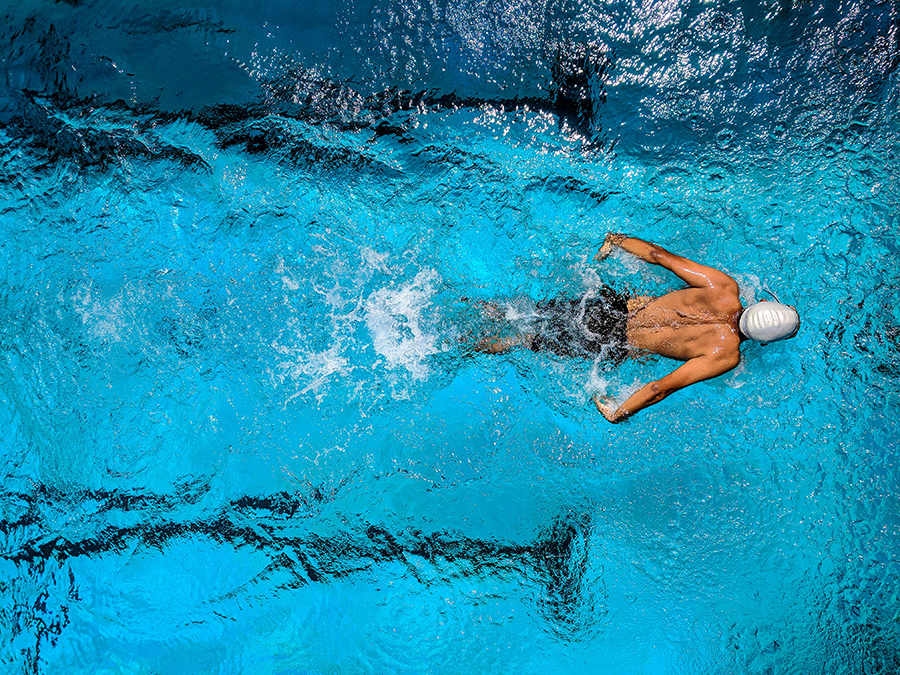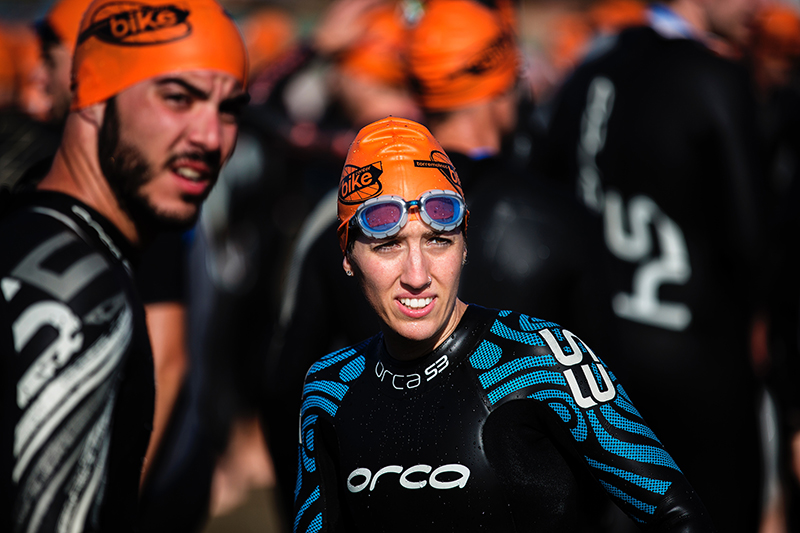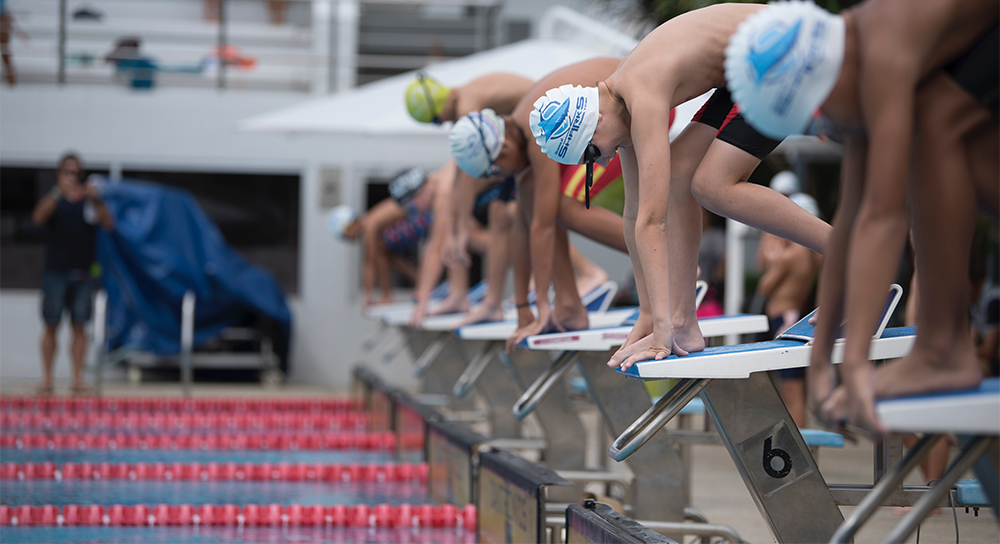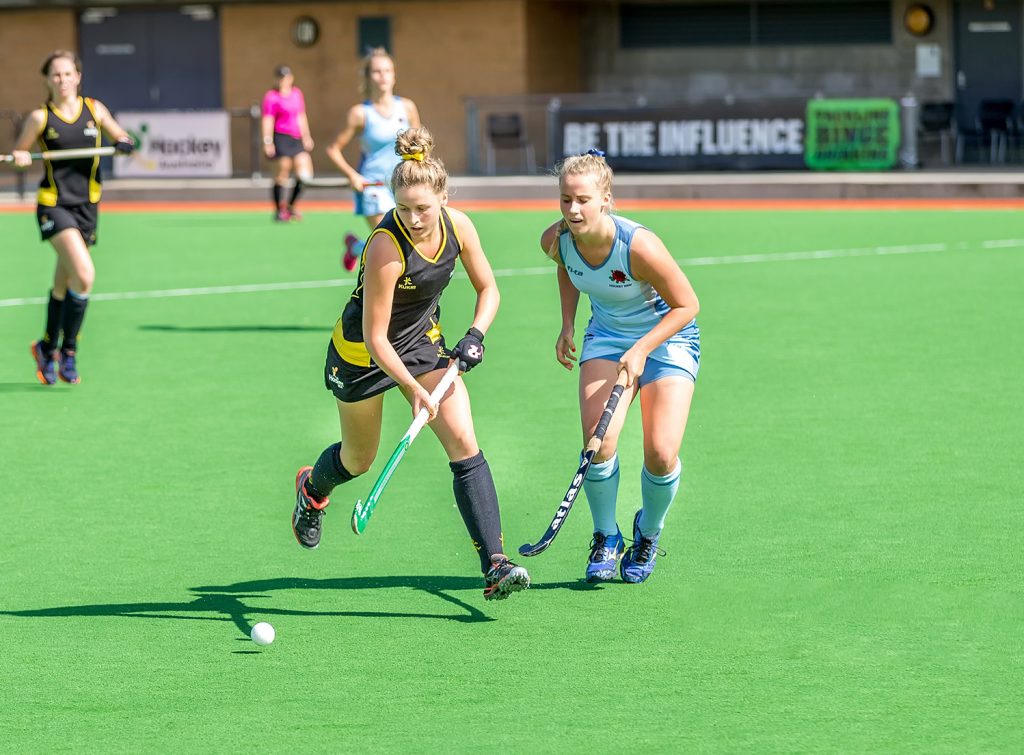Swimming is a sport for all generations to enjoy. Some would say it’s even like riding a bike – it’s a skill that once learned, is never forgotten.
But for those who swim regularly and often, know of the personal battle against the stop clock. They are always striving to increase stroke output, reduce time between the walls or buoys, speed up their tumble turns and polish their technique. But what happens when your times hit a wall, well not maybe not literally but you know what I mean!

So how do you take your swimming to the next level? How do you shave those precious milliseconds off your PB? The answer may be simpler than you think. Resistance training.
Resistance training is a form of exercise that aims to improve muscle function by training a muscle (or a muscle group) against external resistance. Resistance can be applied using tubi-grip, weights, tinned food, water bottles or any number of objects that cause your muscles to contract. The good thing is you can complete these types of exercises in the comfort of your own home and still get the benefits of resistance training.
“ When talking about resistance training specific for swimmers, programs incorporating low volume and high intensity exercises have been shown to improve performance in the water.”
When talking about resistance training specific for swimmers, programs incorporating low volume and high intensity exercises have been shown to improve performance in the water. One study looked at the relationship between muscle power and swim performance. They found that there was a significant relationship between sprint-swim speed, arm power and distance covered with each stroke. In other words, the stronger your upper body is the more efficient your stroke becomes and the quicker you can swim. This is really important for age group swimmers. One study looked at performance in masters’ swimmers found that stroke frequency, stroke length, pull efficiency and overall performance reduced with age. The Impact of Resistance Training on Swimming Performance: A Systematic Review (2017) found that increasing stroke length is best achieved through resistance training with low repetitions at a high velocity/force but to improve stroke rate resisted swims (i.e. using paddles or fins) was found to be most effective.

Whether you’re fast off the blocks as 50m sprinter, enjoy a gruelling 400m race or steady 2km endurance swim, the benefits have been shown across the pool. But in terms of high quality evidence and consensus within the sport there is still need for further research. Resistance training has been shown to have many benefits outside the pool so we believe you really have nothing to lose and everything to gain!
We have put together 8 of our favourite swim-specific resistance exercises.
View or download your own copy of the Resistance Exercises below.
Top tips for success
- Do not under estimate the important of core stability
- If it hurts – stop
- Be consistent and patient. Results are not going to happen overnight
- Modify to suit your mobility
- And in the wise words of Dory – just keep swimming!







About The Author: Fluid Physio
More posts by Fluid Physio